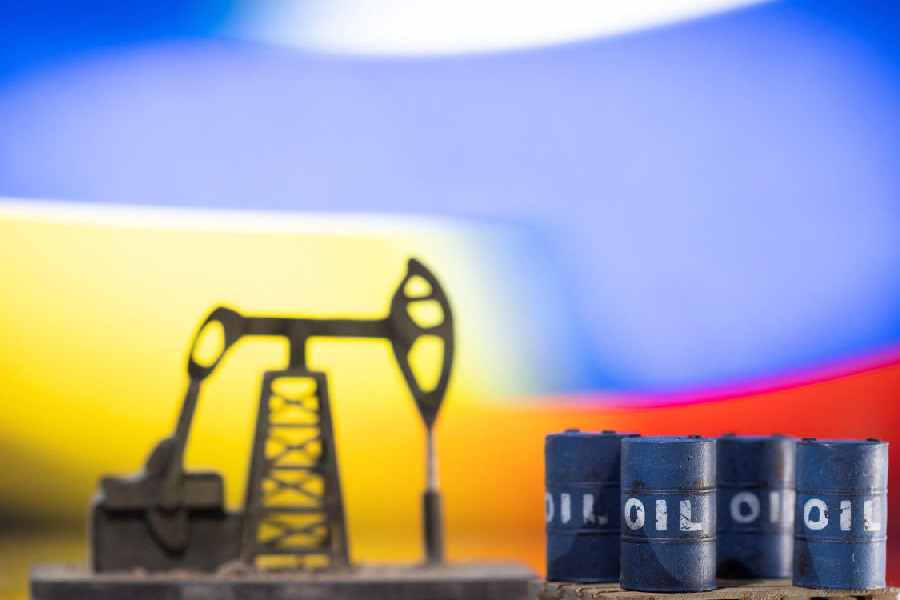 |
| Io’s interior. Underneath the crust exists a global magma layer, its thickness exceeding 50km — shown as a red-brown outline just beneath the crust. Credit: X Jia, University of Michigan, K Khurana, UCLA |
New Delhi, May 16: A US-based geophysicist of Indian origin has tapped archived data from a dead spacecraft to extract the first direct evidence of a vast ocean of hot magma in the interior of Io, the innermost of Jupiter’s four largest moons.
The discovery of the magma ocean that lies about 30km beneath Io’s crust and appears thicker than 50km explains Io’s extensive volcanism that planetary scientists have been trying to fathom for three decades.
Krishan Khurana at the University of California, Los Angeles (UCLA), and his colleagues have spotted signatures of the magma ocean in magnetic data obtained by Nasa’s Galileo spacecraft more than a decade ago before its intentional suicide crash into Jupiter.
“The volcanoes on Io were discovered in 1979 but it was not understood why they were distributed so uniformly over Io’s surface and why there were so many,” said Khurana, who had studied physics in Delhi and geophysics in Hyderabad.
“A subsurface ocean of magma would answer these questions and also help explain why Io is the most (volcanic) active planetary body in the solar system,” Khurana told The Telegraph.
The scientists analysed Jupiter’s magnetic field near Io, as recorded by the Galileo mission, and observed disturbances that they said can only be explained if Io has a global subsurface magma layer. These findings have appeared in the US journal Science.
Galileo, launched in 1989 with the main objective of exploring Jupiter and its moons, made its closest-ever approach to Io in October 1999, revealing Io to be the most volcanic body in the solar system with more than 100 erupting volcanoes.
Io’s volcanism may reflect similar activity on the Earth and its moon during their early history. Scientists believe the Earth most likely possessed an ocean of magma for a few tens of millions of years after its formation when it was still hot.
“The moon was much closer to the Earth in that distant past and could have experienced strong solid body tides that kept the temperature quite high in it, allowing for a magma ocean in its own interior,” Khurana said.
Io’s surface experiences Jupiter’s intense gravity that raises and lowers its surface by some 100 metres. Khurana said the heat from these tides keeps Io’s interior warm and allows the existence of the magma ocean at temperatures of about 1200°C.
Khurana was born and raised in New Delhi where he studied physics, before he turned to geophysics at Osmania University. At the UCLA, he has been exploring the atmospheres, the surfaces and interiors of the moons of Jupiter and Saturn.
The mystery patterns in magnetic data pointing to the magma ocean were spotted during Galileo’s flybys 124 and 125 past Io in October-November 1999.
“At the time, the models of the interaction between Io and Jupiter’s magnetic field were not yet sophisticated enough for us to understand what was going on in Io’s interior,” Xianzhe Jia, a co-author of the study said in a statement issued through the UCLA.










